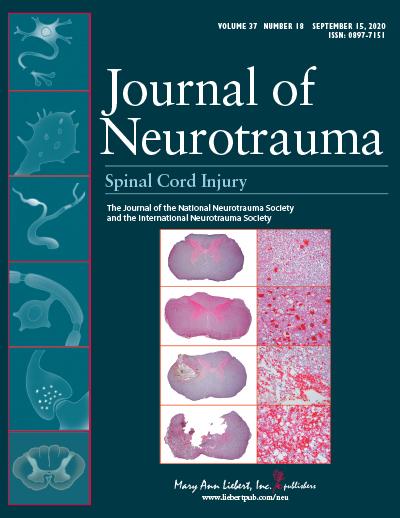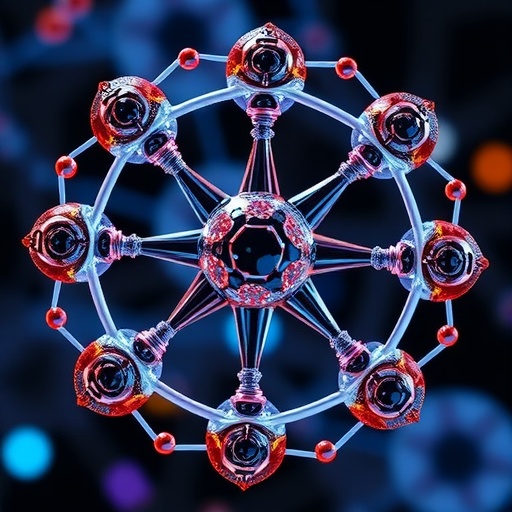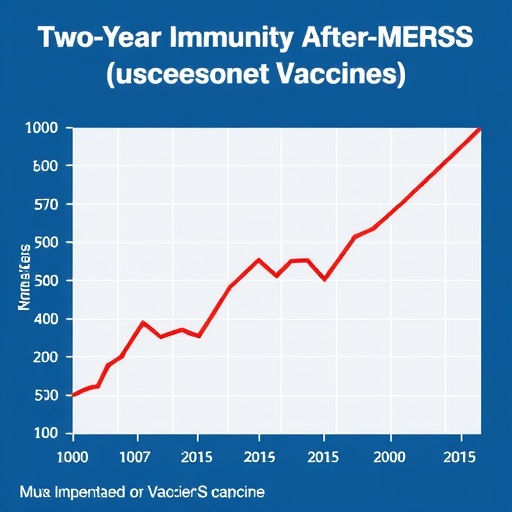
Credit: Mary Ann Liebert, Inc., publishers
New Rochelle, NY, September 16, 2020—Intracranial abnormalities on CT scan in patients with traumatic brain injury (TBI) can be predicted by glial fibrillary acidic protein (GFAP) levels in the blood. These interim findings from the TRACK-TBI study are published in the peer-reviewed Journal of Neurotrauma. Click here to read the article now.
GFAP’s diagnostic performance was significantly better than that of the S100B biomarker, to which it was compared. S100B is approved for use in Europe, but not in the U.S.
“GFAP substantially outperformed S100B as a TBI diagnostic biomarker of positive head CT scans,” state David Okonkwo, MD, PhD, University of Pittsburgh Medical Center, Amy Markowitz, JD, University of California, San Francisco, and coauthors.
“Our results validate a point-of-care platform prototype GFAP assay that delivers results in minutes (
“This is a particularly important study with major implications for the diagnosis and prognoses of traumatic brain injury. The large sample size and the rigorous inclusion criteria increase the impact of the reported study, which strongly reaffirms the utility of GFAP as a diagnostic marker for CT-detected lesions. It also demonstrates the utility of a point-of-care approach. As noted by the authors, the reported studies demonstrate GFAP’s utility across the spectrum of TBI, evaluated over a relatively prolonged posttraumatic time course,” says John Povlishock, PhD, Editor-in-Chief of Journal of Neurotrauma.
About the Journal
Journal of Neurotrauma is an authoritative peer-reviewed journal published 24 times per year in print and online that focuses on the latest advances in the clinical and laboratory investigation of traumatic brain and spinal cord injury. Emphasis is on the basic pathobiology of injury to the nervous system, and the papers and reviews evaluate preclinical and clinical trials targeted at improving the early management and long-term care and recovery of patients with traumatic brain injury. Journal of Neurotrauma is the official journal of the National Neurotrauma Society and the International Neurotrauma Society. Complete tables of content and a sample issue may be viewed on the Journal of Neurotrauma website.
About the Publisher
Mary Ann Liebert, Inc., publishers is known for establishing authoritative peer-reviewed journals in promising areas of science and biomedical research. A complete list of the firm’s 90 journals, books, and newsmagazines is available on the Mary Ann Liebert, Inc., publishers website.
Media Contact
Kathryn Ryan
[email protected]
Original Source
https:/
Related Journal Article
http://dx.




